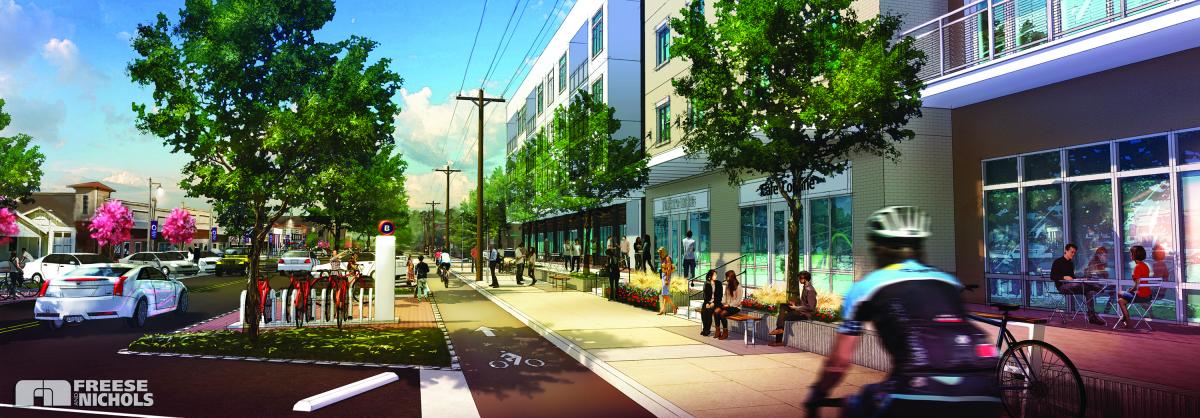Is Parking A Thing of the Past?

In today’s busy, fast-paced world, the curb is one of the most in-demand spaces. With new players in the game – electric scooters and car-share services – planners and cities must rethink their approach to curbside planning and management, especially for big cities and high-density urban areas.
Who are the Major Players?
There’s a long list of people who are competing for their piece of curbside realty from your typical designated spaces for emergency vehicles/services and local businesses to streetscapes such as parklets.
Here are some other players hoping to get in the game:
- Transportation Network Company (TNC) drivers
- Street/mobile vendors
- Courier/delivery vehicles
- Electric scooters and bike share docks
- Electric vehicle charging stations
What are the Issues?
- The daily traffic jam TNC, such as Ubers and Lyft, drivers cause by stopping and waiting to pick-up their passenger(s).
- Tailpipe emissions from idling cars or drivers circling the block looking for a place to park and traffic congestion caused by the influx of delivery trucks due to the increase in e-commerce.
- Updating old-fashioned curbside models to a new model that incorporates curb use for all players and any requirements, such as ADA.
- Determining where standard street parking should be restricted or eliminated to make way for new, evolving curbside uses.
- Social and economic implications of transitioning from old curbside models.
What are some Solutions?
First, planners and cities must study and gather data on the new, ever-evolving curbside uses that are a result from a big generational shift. Some cities are already experimenting with new curb approaches, from demand-based metered parking to designated ride-share pickup and drop-off zones.
Here are some other potential solutions and ideas planners are looking to for curbside management:
- Centrally located delivery lockers, drones and other electric cargo vehicles will reduce the number of delivery vehicles.
- Curbless streets, which have potential in managing the multiple curbside uses and players.
- Demand-based curb pricing, which can produce revenue for municipalities.
- Shared-use mobility (SUM) zones at the beginning or end of blocks that allows space for multiple uses and players throughout the day and can change when needed.
- As technology continues to improve, autonomous vehicles will become both a player and solution in curb management.
You can read more about curb management, uses and solutions in this article, which was published in the Magazine of the American Planning Association: “Curb Control.”

